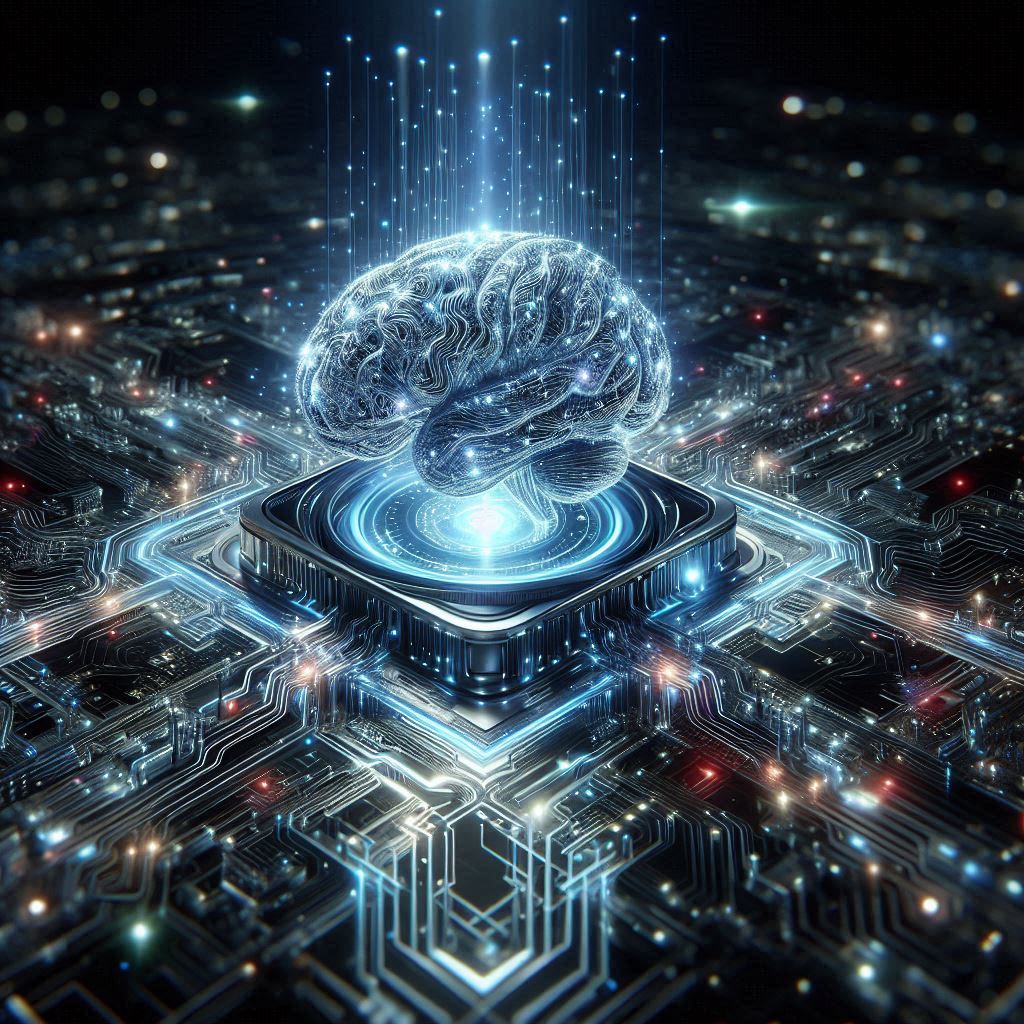It’s one thing when I talk about a coming AI-driven singularity.
But when the Federal Reserve starts talking about it, you know something big is happening.
In June, the Dallas Fed released a study titled “Advances in AI Will Boost Productivity, Living Standards Over Time.”
Its authors, Mark A. Wynne and Lillian Derr, both work in the Fed’s Research Department. And although the report explicitly notes: “The views expressed are those of the authors and should not be attributed to the Federal Reserve Bank of Dallas or the Federal Reserve System,” the chart they provide is telling.
I’ll let the authors set it up for you:
Artificial intelligence (AI), like many technologies before it, offers the potential to improve people’s living standards. Such advances can be approximated by changes in gross domestic product (GDP) per capita over time—the rate of change in the amount of output per person.
Chart 1 shows GDP per capita from 1870 to 2024 along with scenarios, some of them extreme, depicting what could happen to living standards between now and 2050.
In layman’s terms, this chart shows what the authors call a “singularity-level” productivity path. It’s an exponential curve where output per worker accelerates far beyond the historic norm.
And it’s proof that even the most cautious economists are beginning to imagine a future where growth accelerates beyond anything we’ve ever seen before.
From 1.9% to Infinity
Since 1950, U.S. labor productivity has grown at roughly 1.9% per year.
At that pace, living standards double about every 36 years.
The Fed’s “normal AI” scenario assumes a modest improvement similar to the bump we saw after personal computers took off in the 1990s.
But its extreme scenario tells another story.
In that model, AI triggers what the authors call a “technological singularity.”
Technological singularity refers to a scenario in which AI eventually surpasses human intelligence, leading to rapid and unpredictable changes to the economy and society. Under a benign version of this scenario, machines get smarter at a rapidly increasing rate, eventually gaining the ability to produce everything, leading to a world in which the fundamental economic problem, scarcity, is solved. Under this scenario, the future could look something like the (hypothetical) red line in Chart 1.
As you can see on the chart, in this scenario growth isn’t gradual. It’s exponential.
This is the first time I’ve seen a Federal Reserve publication openly modeling a world that looks anything like the Coasean Singularity we talked about yesterday…
The idea that transaction costs, the invisible frictions that make companies necessary, could eventually fall toward zero.
And it shows you how mainstream the idea of a technological singularity has become.
But what’s with that line falling off the graph when the singularity happens?
Under a less benign version of this scenario, machine intelligence overtakes human intelligence at some finite point in the near future, the machines become malevolent, and this eventually leads to human extinction. This is a recurring theme in science fiction, but scientists working in the field take it seriously enough to call for guidelines for AI development. Under this scenario, the future could look something like the (hypothetical) purple line in Chart 1.
In other words, that’s the Terminator scenario.
And even though that scenario is highly unlikely to happen, the Fed isn’t dismissing the possibility that AI could reshape the economy in ways we can’t yet measure.
Here’s My Take
The Dallas Fed is simply acknowledging what we’ve been talking about for over a year.
AI is no longer a sideshow in the economy. It’s the main event.
The authors note that neither of these singularity paths is likely to happen in the next 25 years:
Today there is little empirical evidence that would prompt us to put much weight on either of these extreme scenarios (although economists have explored the implications of each). A more reasonable scenario might be one in which AI boosts annual productivity growth by 0.3 percentage points for the next decade. This is at the low end of a range of estimates produced by economists at Goldman Sachs. Under this scenario, we are looking at a difference in GDP per capita in 2050 of only a few thousand dollars, which is not trivial but not earth shattering either. This scenario is illustrated with the green line in Chart 1.
Instead, they predict a small but not insignificant annual productivity growth of 0.3 percentage points over the next decade.
But that might be too small of a prediction.
Compounding machine productivity demands new infrastructure. Not just data centers and payment rails, but the energy and network infrastructure that will power this new world.
And as each new AI model outpaces the one before it, the timeline between innovation and impact collapses.
My big takeaway? When central bankers start plotting exponential growth curves, it means we’re well past the hype stage of AI.
The next productivity boom will take off the moment AI starts coordinating the global economy the way the internet coordinates information.
That’s the real singularity the Fed is hinting at…
And it’s already on the chart.
Regards,
 Ian KingChief Strategist, Banyan Hill Publishing
Ian KingChief Strategist, Banyan Hill Publishing
Editor’s Note: We’d love to hear from you!
If you want to share your thoughts or suggestions about the Daily Disruptor, or if there are any specific topics you’d like us to cover, just send an email to [email protected].
Don’t worry, we won’t reveal your full name in the event we publish a response. So feel free to comment away!






















